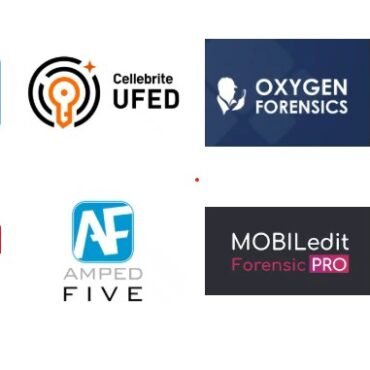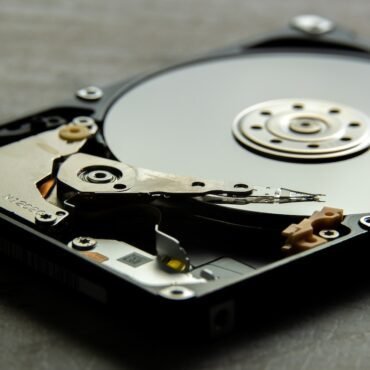Understanding Computer Forensics: A Beginner’s Guide
As cybercrime continues to grow, the demand for professionals skilled in digital and computer forensics is on the rise. Whether it’s recovering deleted files, tracing online fraud, or investigating hacking attempts, computer forensics plays a vital role in modern investigations. This beginner’s guide offers a foundational overview of what computer forensics is, its key concepts, tools, and how you can get started in this exciting and impactful field.
What is Computer Forensics?
Computer forensics is a branch of digital forensic science that deals with identifying, preserving, analyzing, and presenting digital evidence stored on computers and other digital devices. The goal is to uncover digital traces of illegal activity or security incidents in a legally admissible manner.
It is used in various investigations, including:
-
Cybercrime and hacking incidents
-
Intellectual property theft
-
Insider threats
-
Fraud and financial crimes
-
HR policy violations
Key Components of Computer Forensics
-
Identification
-
Locating potential evidence (emails, files, logs, applications, etc.)
-
Preservation
-
Analysis
-
Documentation
-
Presentation
Why Learn Computer Forensics?
-
Increased cybercrime: Organizations need experts to investigate breaches.
-
Career opportunities: High demand for forensic analysts, cybersecurity investigators, and consultants.
-
Legal importance: Forensics professionals are critical in court proceedings.
-
Versatility: Applicable across sectors like law enforcement, private firms, banks, and IT companies.
Legal Considerations
Computer forensics must be carried out in accordance with legal standards to ensure that the evidence is:
-
Authentic
-
Accurate
-
Complete
-
Admissible in court
Maintaining chain of custody is crucial throughout the investigation.
How to Start Learning Computer Forensics
-
Basic Knowledge:
-
Courses and Certifications:
-
Hands-On Practice:
-
Use forensic tools in a virtual lab (Autopsy, FTK Imager, Sleuth Kit)
-
Practice with sample evidence or simulated cases
-
Join a Community:
-
Internships and Projects:
-
Apply for internships with forensic labs, police departments, or private firms
-
Work on academic or open-source forensic analysis projects
Popular Computer Forensics Tools
-
EnCase Forensic: Industry-standard tool for deep analysis
-
FTK (Forensic Toolkit): Known for email and file system analysis
-
Autopsy: Open-source forensic suite
-
Cellebrite UFED: Often used for mobile forensic extractions
-
OSForensics: Useful for analyzing memory and hidden data
Real-World Applications
-
Corporate Investigations: Tracing employee misconduct
-
Cybersecurity Breaches: Identifying entry points and impact
-
Criminal Cases: Supporting law enforcement with digital evidence
-
Data Recovery: Retrieving lost or deleted files for civil litigation
⚡ Conclusion
Computer forensics is an essential and fascinating domain for anyone interested in technology, law, and investigative work. As organizations grow more dependent on digital infrastructure, the need for skilled computer forensic professionals will only increase.





Post comments (0)